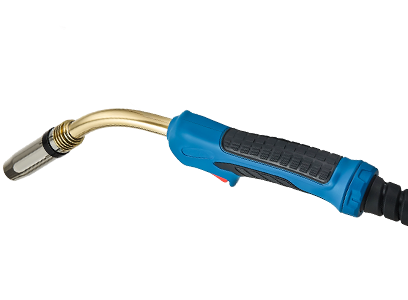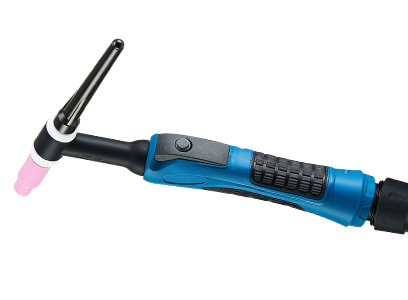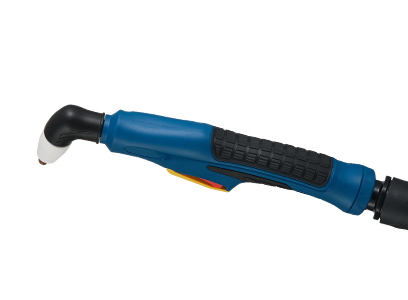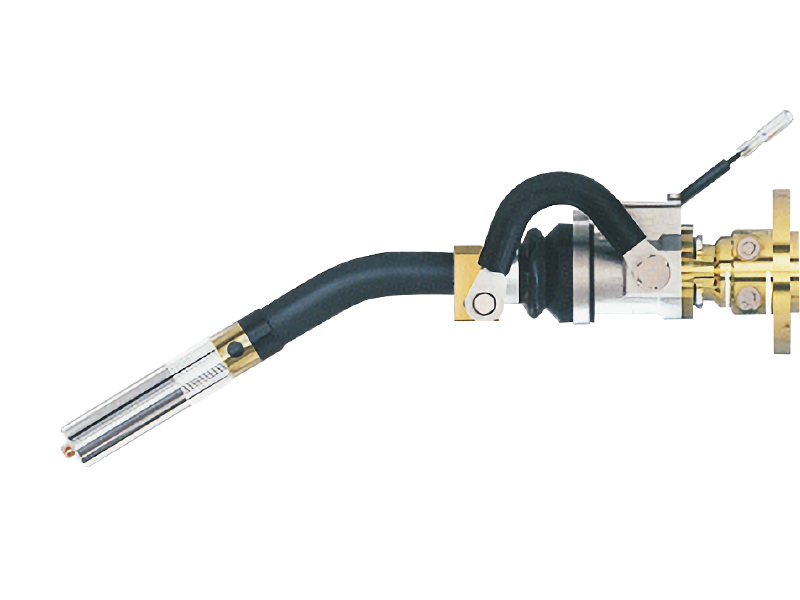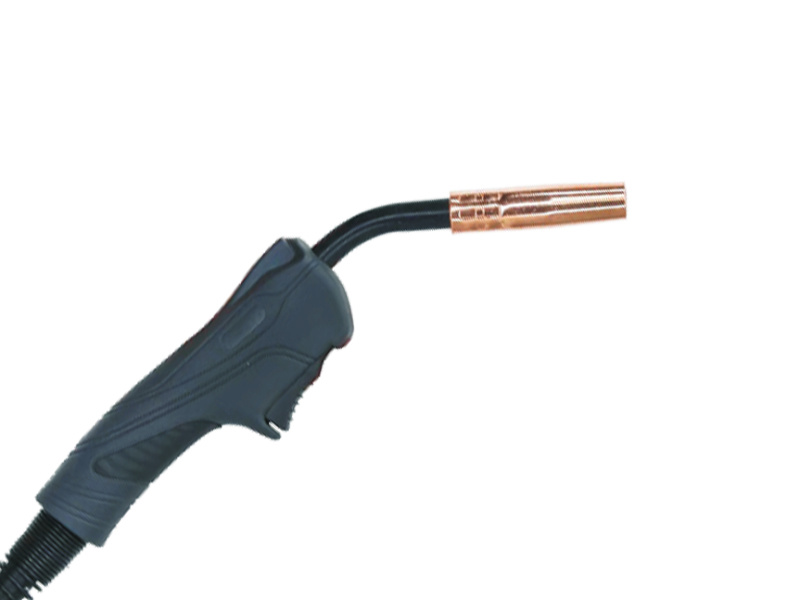Understanding TIG Torch Hose: Essential Guide for Welding Professionals
---
In the realm of welding, particularly when dealing with Tungsten Inert Gas (TIG) welding, the TIG torch hose plays a vital role in ensuring the efficient functioning of the welding equipment. The TIG torch hose, which connects the torch to the gas supply, is integral in delivering the shielding gas essential for producing high-quality welds. Understanding the key features and maintenance of th
---
In the realm of welding, particularly when dealing with Tungsten Inert Gas (TIG) welding, the TIG torch hose plays a vital role in ensuring the efficient functioning of the welding equipment. The TIG torch hose, which connects the torch to the gas supply, is integral in delivering the shielding gas essential for producing high-quality welds. Understanding the key features and maintenance of these hoses can significantly impact your welding process.
Firstly, TIG torch hoses are typically made from durable materials designed to withstand high temperatures and pressures. Common materials include rubber and thermoplastic elastomers, which offer flexibility and resistance to various chemicals. When selecting a hose, professionals should consider factors such as the hose’s diameter, length, and compatibility with the welding equipment in use. A well-chosen TIG torch hose can enhance maneuverability and accessibility in tight spaces, making it easier to perform precise welds.
Moreover, it's crucial to maintain the integrity of the TIG torch hose to prevent leaks and ensure a consistent gas flow. Regular inspections for cracks, abrasions, or any signs of wear can help identify potential issues before they escalate. Additionally, proper storage is essential; hoses should be coiled and stored away from direct sunlight and extreme temperatures to prolong their lifespan.
When it comes to connecting the TIG torch hose to the gas supply, it’s important to ensure that all fittings are secure to prevent gas leakage, which could lead to safety hazards during welding. Some hoses come with built-in strain relief features that help prevent damage from bending or twisting, a key aspect for ensuring safe operation.
Furthermore, it's worth noting that not all TIG torch hoses are created equal. Different welding applications may require specific hose types to handle various gases and operational conditions. For instance, if you are working with argon or helium, ensure that the hose is rated for those gases to maintain safety and efficiency.
In summary, the TIG torch hose is a critical component in the welding process. By understanding the characteristics and maintenance of these hoses, welding professionals can enhance their operational efficiency and ensure the safety of their work environment. Always prioritize quality and compatibility when selecting a TIG torch hose to ensure it meets the demands of your specific welding tasks.
In the realm of welding, particularly when dealing with Tungsten Inert Gas (TIG) welding, the TIG torch hose plays a vital role in ensuring the efficient functioning of the welding equipment. The TIG torch hose, which connects the torch to the gas supply, is integral in delivering the shielding gas essential for producing high-quality welds. Understanding the key features and maintenance of these hoses can significantly impact your welding process.
Firstly, TIG torch hoses are typically made from durable materials designed to withstand high temperatures and pressures. Common materials include rubber and thermoplastic elastomers, which offer flexibility and resistance to various chemicals. When selecting a hose, professionals should consider factors such as the hose’s diameter, length, and compatibility with the welding equipment in use. A well-chosen TIG torch hose can enhance maneuverability and accessibility in tight spaces, making it easier to perform precise welds.
Moreover, it's crucial to maintain the integrity of the TIG torch hose to prevent leaks and ensure a consistent gas flow. Regular inspections for cracks, abrasions, or any signs of wear can help identify potential issues before they escalate. Additionally, proper storage is essential; hoses should be coiled and stored away from direct sunlight and extreme temperatures to prolong their lifespan.
When it comes to connecting the TIG torch hose to the gas supply, it’s important to ensure that all fittings are secure to prevent gas leakage, which could lead to safety hazards during welding. Some hoses come with built-in strain relief features that help prevent damage from bending or twisting, a key aspect for ensuring safe operation.
Furthermore, it's worth noting that not all TIG torch hoses are created equal. Different welding applications may require specific hose types to handle various gases and operational conditions. For instance, if you are working with argon or helium, ensure that the hose is rated for those gases to maintain safety and efficiency.
In summary, the TIG torch hose is a critical component in the welding process. By understanding the characteristics and maintenance of these hoses, welding professionals can enhance their operational efficiency and ensure the safety of their work environment. Always prioritize quality and compatibility when selecting a TIG torch hose to ensure it meets the demands of your specific welding tasks.
TAG:
Related Posts
Essential Insights on MIG Torch Replacement: A Comprehensive Guide
When it comes to MIG (Metal Inert Gas) welding, the torch is one of the most vital components of the entire setup. Over time, as with any tool or equipment, MIG torches can wear out or become damaged, necessitating a replacement to maintain welding quality and efficiency. Understanding the nuances of MIG torch replacement can make a significant difference in your welding outcomes.
First and foremo

